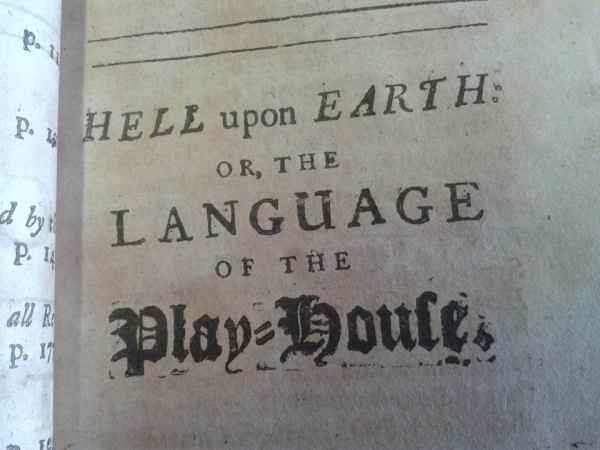
1714 saw the last days of Queen Anne and the beginning of the reign of King George I. We have a Queen Anne farthing in our collection made of copper, the first proper farthing to be minted. No copper coins were produced during Anne's reign, except for farthings during the last year, 1714. It is thought that if Anne had not died that year then the coins would have entered proper circulation. The old figure of Britannia, used since Charles II's time, was discarded in favour of a sharper high relief design in which the bare leg on the former figure of Britannia is covered up, reportedly on the orders of the Queen. Around 1802, a rumour swept Britain to the effect that the Queen Anne farthing was worth a fortune--no less than £500. Although Anne farthings were scarce, they were never as rare as popular opinion imagined at the time. Queen Anne died without any surviving children and was succeeded by her second cousin, George I of the house of Hanover.

In the Borough Collection, we have the Address of the Mayor and Corporation of Stratford to George I on the death of the Queen in 1714. The address aims “to console with your majestie for the loss of our late most excellent Queen under whom we enjoyed so many blessings...and to humbly congratulate your majesties Happy Accession to the Throne...her Rightful and lawful successor whom we look upon as a Prince reserved by providence against this critical juncture to support and Adorne the British Throne and to preserve to us our Religion laws and liberty so well provided for by our happy constitution in church and state...May [God] blast the attempts of any Pretender that shall rise up against you, and after your decease make your crown descend by an uninterrupted succession to your Royal issue in all future generations.” These wishes bring to mind some of the problems of succession highlighted in Shakespeare’s history plays and show that being a monarch still brought with it the same old worries.

One interesting book that we hold which would have been around in 1714 (published in 1706) is dramatically titled, The Evil and danger of Stage Plays: Shewing their Natural Tendancy to Destroy Religion, And introduce a General Corruption of Manners; in almost Two Thousand Instances, taken from the Plays of the two last Years, against all the Methods lately used for their Reformation. This snappily titled book was written by Arthur Bedford, M. A. Chaplain to his Grace Wriothesly Duke of Bedford; and Vicar of Temple in the City of Bristol. Alfred Bedford (1668 – 1745) was well known for his pamphlets against the Theatre and popular music. He joined Jeremy Collier in his crusade against the theatre, and later in 1746, he had a playhouse demolished, which had been associated with the actor David Garrick! This movement had started with the 1660 Restoration, with Restoration dramatists reacting against Puritanical restrictions and writing more decadent plays. The plays were considered vulgar as they disrespected marriage, morals, and the clergy. Collier argued that the theatre should be providing moral instruction and his pamphlets stirred up tensions between like-minded Puritans and Restoration dramatists.


It was around this same time that the first performance images of Shakespeare’s plays started to appear. In the 1709 Nicholas Rowe editions of Shakespeare’s works, there is a picture to go with each play showing contemporary costumes, the modern dress of the time, with characters wearing tri-corner hats. Shakespeare’s plays were starting to be adapted for changing times.

All images are copyright © Shakespeare Birthplace Trust unless otherwise stated.
